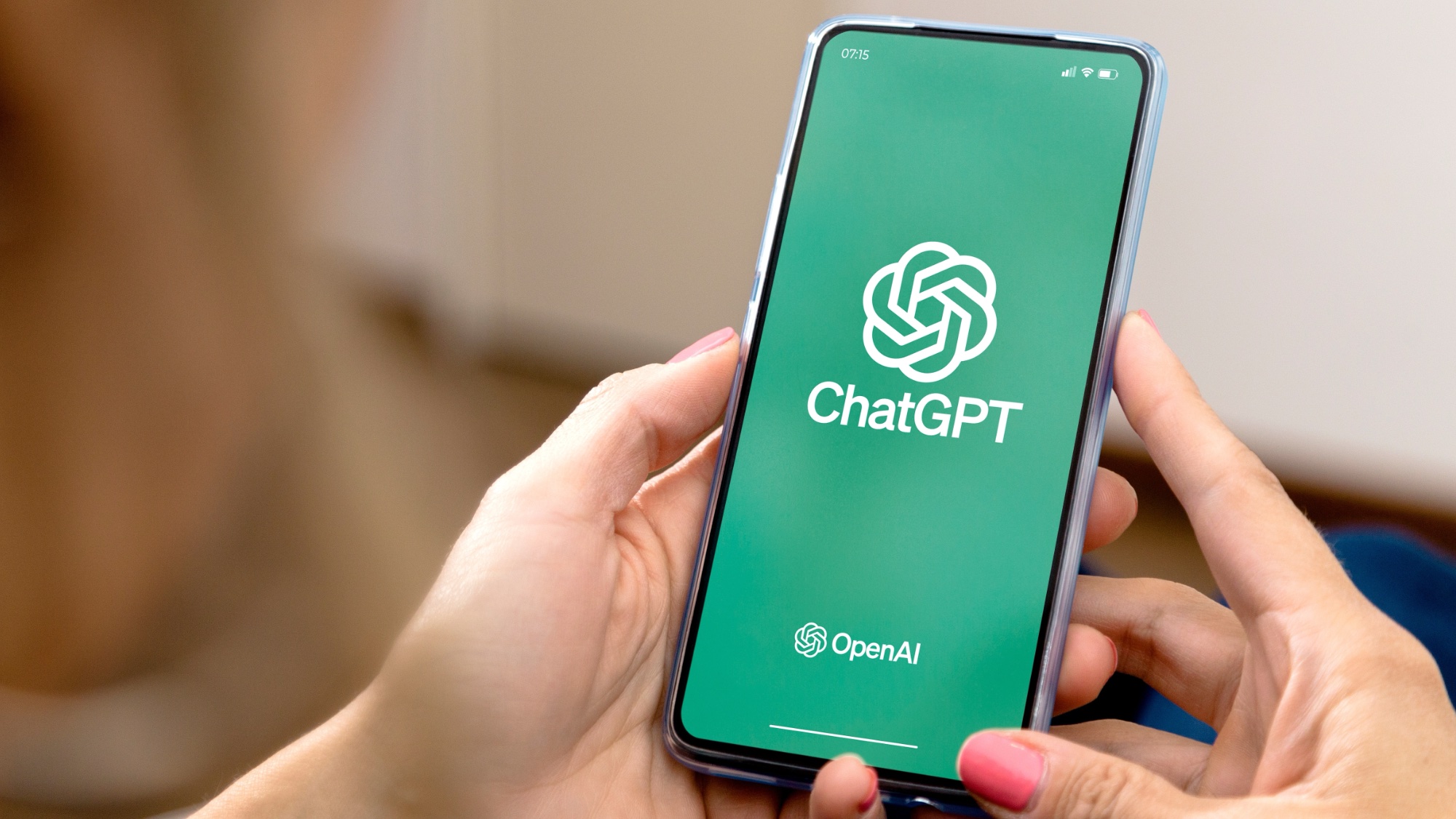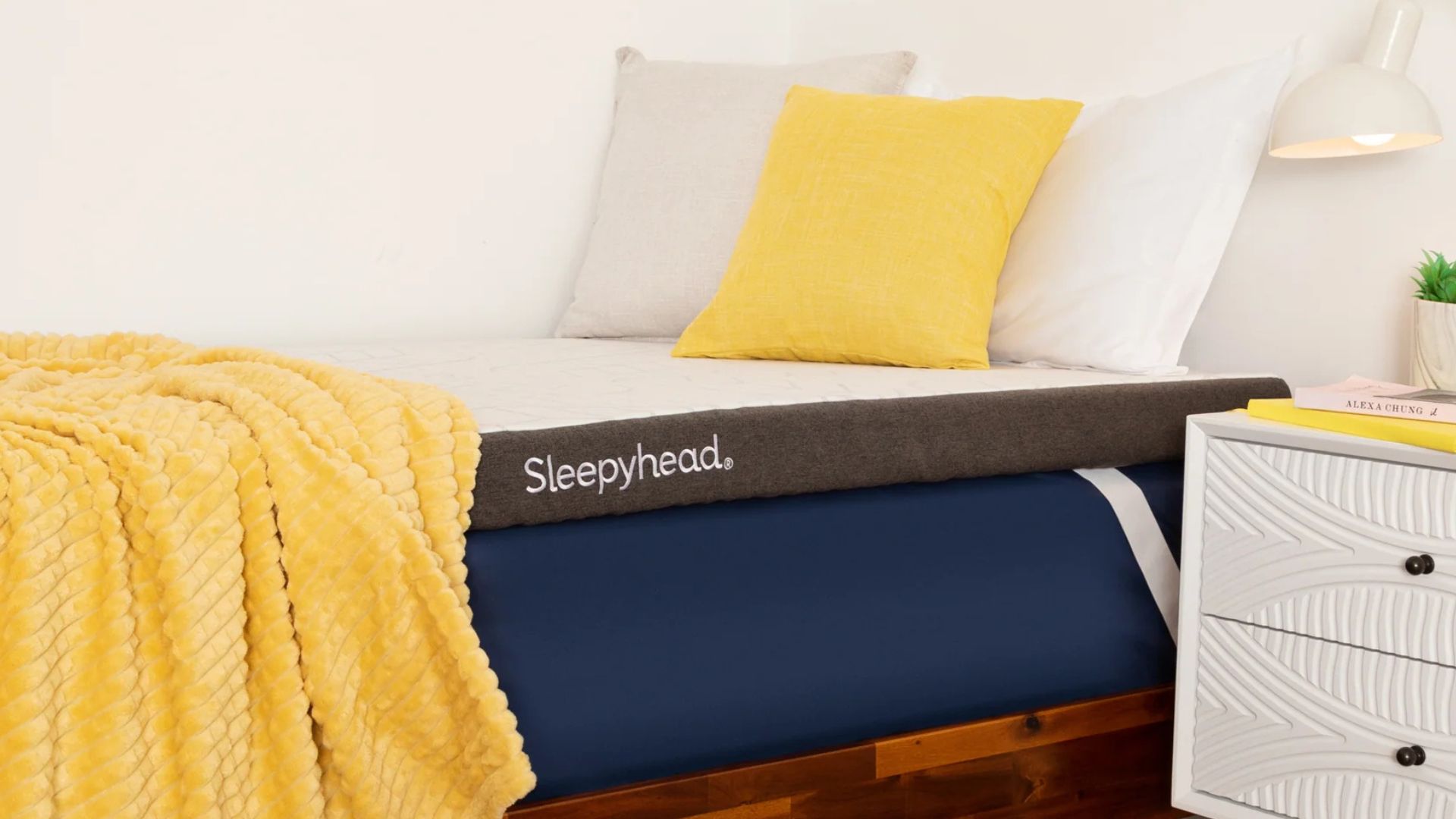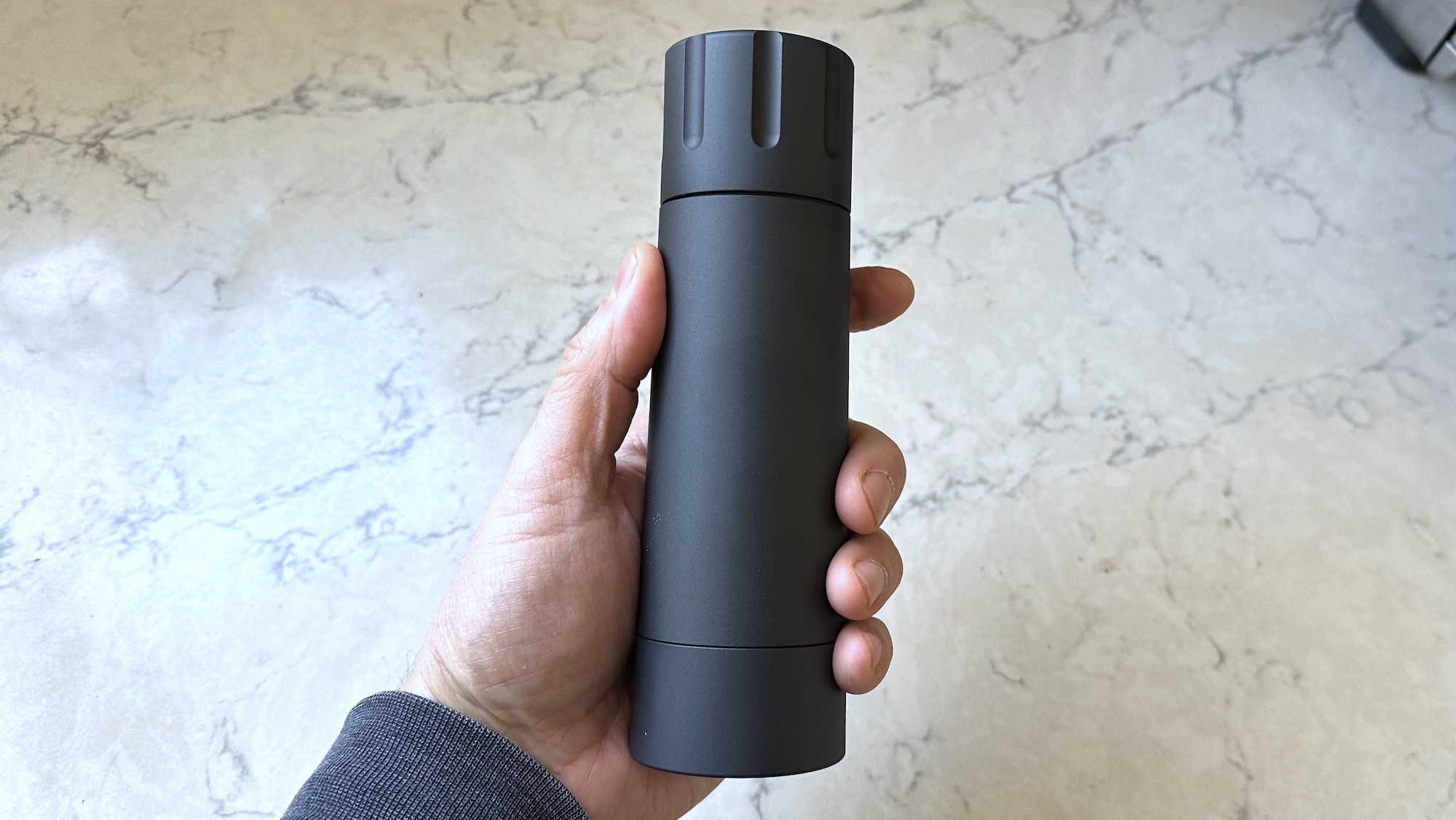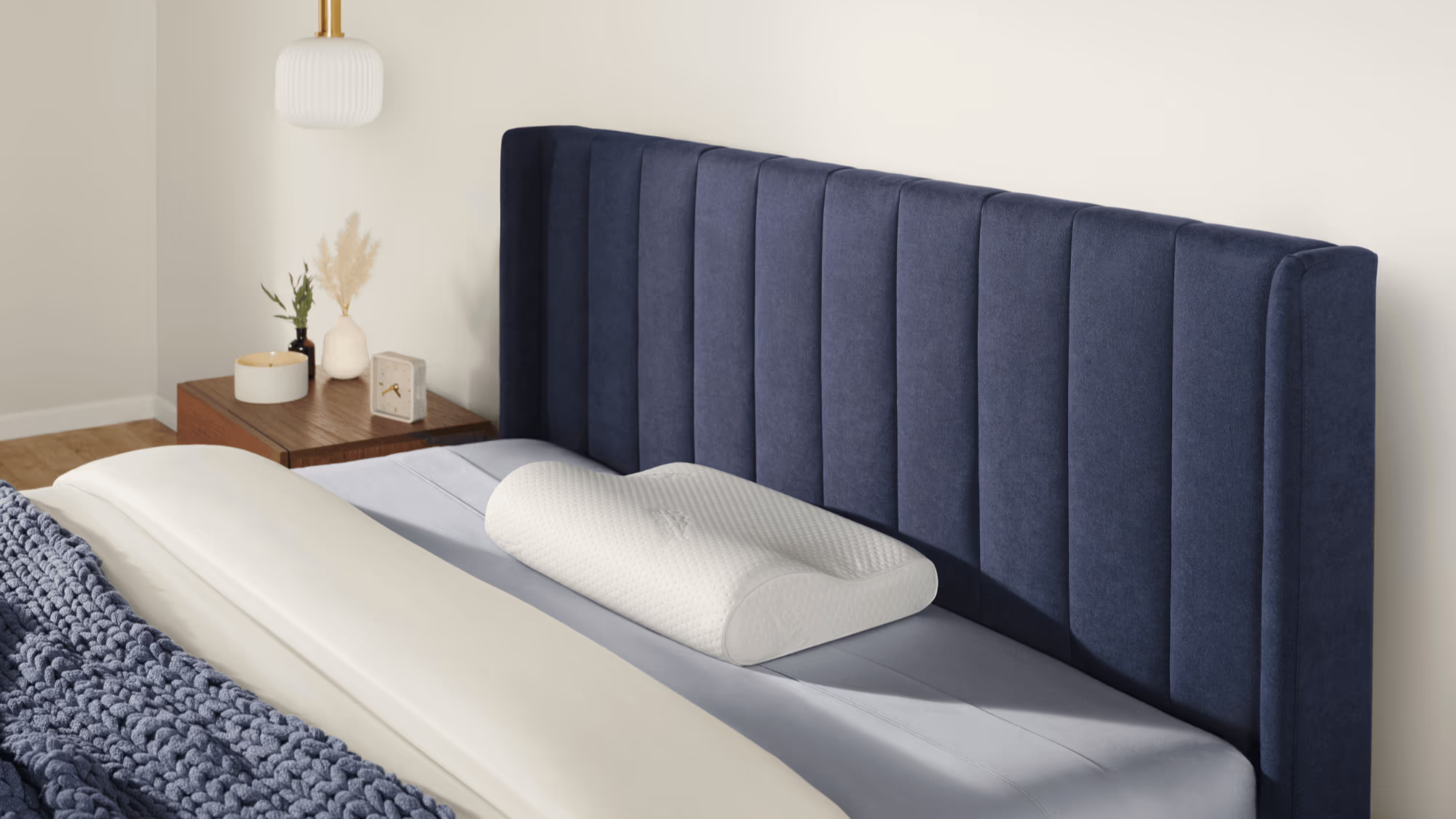LG G6 Review: The Phone That Puts LG Back in the Game
With a new premium design, one-hand-friendly screen and IP68 waterproofing, the G6 is the best-looking and most exciting phone LG has made to date.
With the G6, LG has taken a break from its old ways. Gone is the removable battery and and chunky front bezels for one of the first extra widescreen displays and a super slick glass and metal design. In back, LG has upgraded the G6's shooting options with dual 13-MP rear cams for both the standard and wide-angle lenses while also adding new wireless charging capabilities. But it's not all glitz and glamour: The G6 now meets IP68 standards for a waterproof device and has more Gorilla Glass than any phone before it. I just wish its battery life were a bit better.
Design: It's all about that screen
For the G6, LG takes a serious departure from its previous phones. Gone are the company's traditional removable batteries and big bezels on the top and bottom. In their place are Gorilla Glass panels in the front and back, along with an extra-wide 5.7-inch display that gobbles up almost all of the phone's front facade.

LG has also scrapped the modularity that debuted on the G5 last year in exchange for new IP68 water resistance. The few holdovers from that phone are the G6's back-mounted lock screen/fingerprint sensor and dual rear cameras.

And the result is pretty fantastic. The G6 feels upscale and premium, unlike any of LG's previous phones, including the G4 and its full-grain-leather removable back. I'm especially partial to the G6’s silver option, which sparkles like a jewel and has a very slight bluish tint that makes it change color depending on the lighting. Simply put, this is the best-looking phone LG has ever made.







Throw in the little touches — for example, the rounded edges on the G6's display, which LG says help mimic the phone's outer curves while also increasing its durability — and it all adds up to an extra layer of sophistication for the company's gorgeous new flagship.

Measuring 5.86 x 2.83 x 0.31 inches and weighing 5.75 ounces, the G6 isn't much larger than the Samsung Galaxy S7 (5.61 x 2.74 x 0.31 inches, 5.36 ounces), despite having a bigger screen and being just as easy to use with one hand. If you put the G6 next to other 5.7-inch phones, especially the iPhone 7 Plus (6.23 x 3.07 x 0.29 inches, 6.63 ounces), the size difference between the more compact G6 and the 7 Plus is hard to ignore.
Other “bezel-free” phones are on the way, though, including the Galaxy S8 and rumored iPhone 8.
Display: Setting the extra-wide-screen trend
To appreciate the G6’s 2880 x 1440, 5.7-inch, 18:9 display, we have to take a moment to really put the new screen into context. When you compare the 5.7-inch G6 to a traditional 5.7-inch phone such as the LG V20 or the HTC U Ultra, you'll notice that not all diagonally measured displays are created the same.
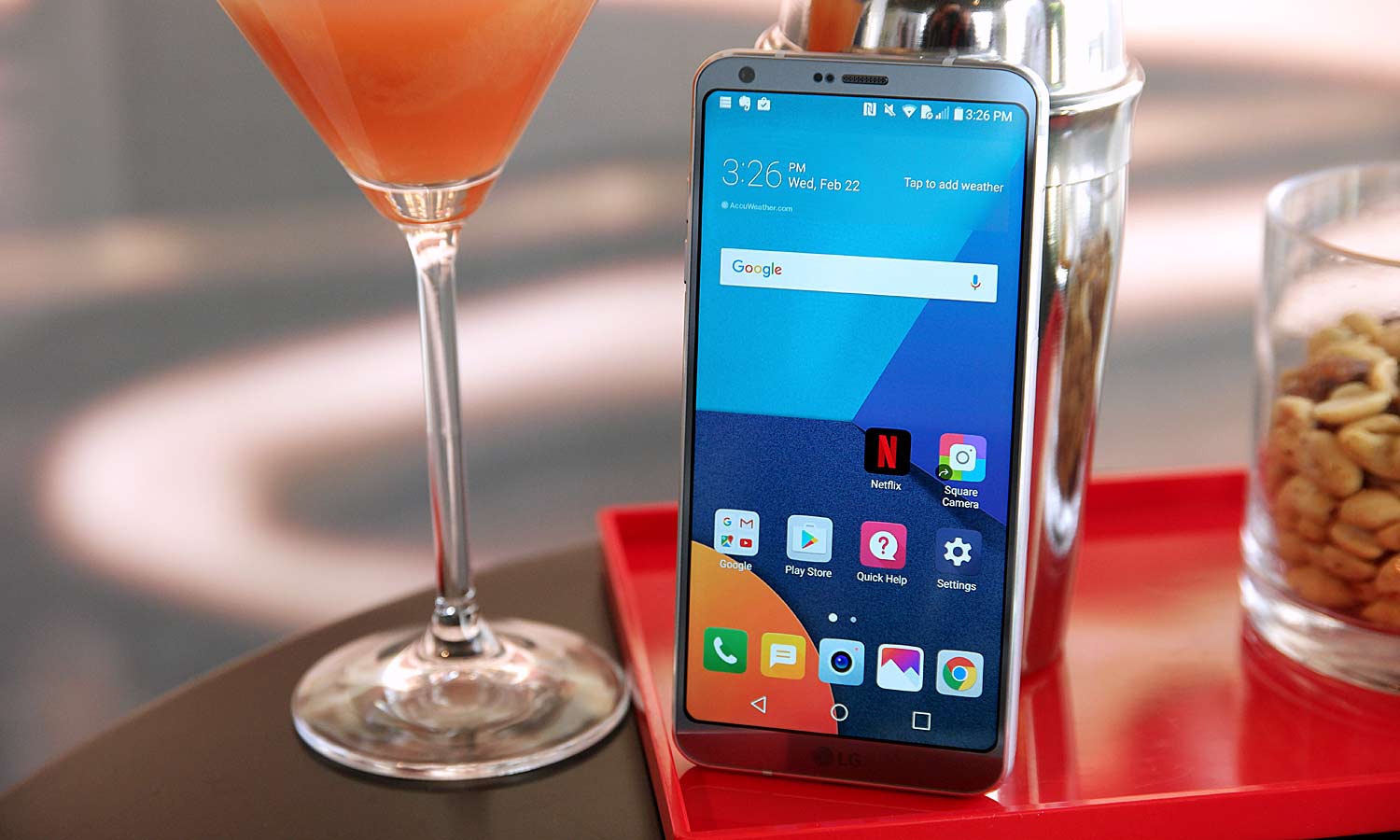
With its more typical 16:9 aspect ratio, the V20's screen is much wider than the G6’s, resulting in a total screen area of 14 square inches, versus the G6's screen area of 12.75 square inches. That's a difference of almost 10 percent, although the G6 makes up for its loss in total screen area in other ways.
Most important, the G6 is simply easier to use with one hand compared with 16:9 phones, as the phone’s narrower dimensions make it easy to stretch your thumb across the screen. Second, many movies and TV shows are already shot in an 18:9 aspect ratio, and because LG has worked with streaming services such as Netflix, you'll now be able to watch shows like Chef's Table and Daredevil as they were originally intended. Finally, because the G6 includes support for Dolby Vision, you can also watch HDR (high dynamic range) content anywhere you go. HDR lets you enjoy more colors and better contrast, even if the list of HDR-ready content is still pretty limited.
As far as actually viewing stuff on the G6's screen, its display makes the food seen on Chef's Table look irresistibly mouthwatering — never before has golden-brown looked so delicious. However, the G6 has an LCD screen instead of an AMOLED panel, so you don't get the same level of pure inky blacks as you would on a Google Pixel or Samsung Galaxy S7.

With a peak brightness of 557 nits, the G6 is one of the most luminous phones we've seen, topping levels from other flagship phones, including the Galaxy S7 (487 nits), the Pixel XL (396 nits) and the HTC U Ultra (475 nits).
The G6 also displayed impressive color accuracy; it registered a Delta-E rating of 1.01. That's a good deal better than its contemporaries: The S7 and the Pixel XL earned ratings of 3.5 and 5.88, respectively. (Numbers closer to 0 are better.)
The one area where the G6 fell a bit short was color range. We found that the G6's screen covered 134 percent of the sRGB spectrum, which is pretty good for an LCD display. However, phones with AMOLED displays are capable of a lot more, as demonstrated by handsets like the S7 (197 percent) and the Pixel XL (191 percent).
Cameras: Fueling the dual-camera craze
The G6 retains the dual-camera system that LG introduced on the G5, except now, the company has upped the ante by giving both the standard and wide-angle lenses 13-MP sensors. (Last year’s G5 featured 16-MP and 8-MP cameras on the back.) That allows portrait shots and landscapes to look equally sharp.

Note that the G6’s wide-angle lens doesn't have the phase-detection autofocus of the standard lens. However, that shouldn't really be a big deal, as you'll be using the wide-angle camera mostly to photograph large, wide-open spaces.
One big new feature for the G6's camera is its Square mode. As the name implies, Square mode lets you take advantage of the G6's 18:9 screen by shooting square photos with a viewfinder on top of the screen, and a comparison photo stacked below. This lets you look at a previous photo while framing up another, so you can re-create a pose or specific composition across multiple pics. However, it felt like a bit of a gimmick to me.
When I took the G6 out for some side-by-side shooting with a Galaxy S7 Edge, the G6 impressed me. Its photos were often toe-to-toe with those from the S7 Edge, which we’ve considered to be the best phone camera over the past year.

In a challenging shot taken just after sunset, the G6 took a spectacular shot of lower Manhattan. It was able to capture the soft pink and yellow reflections coming off the building, while still delivering deep blues in the water and sky. That said, the S7 Edge's pic was a tiny bit better, showing a slightly brighter sky and just a little less graininess.
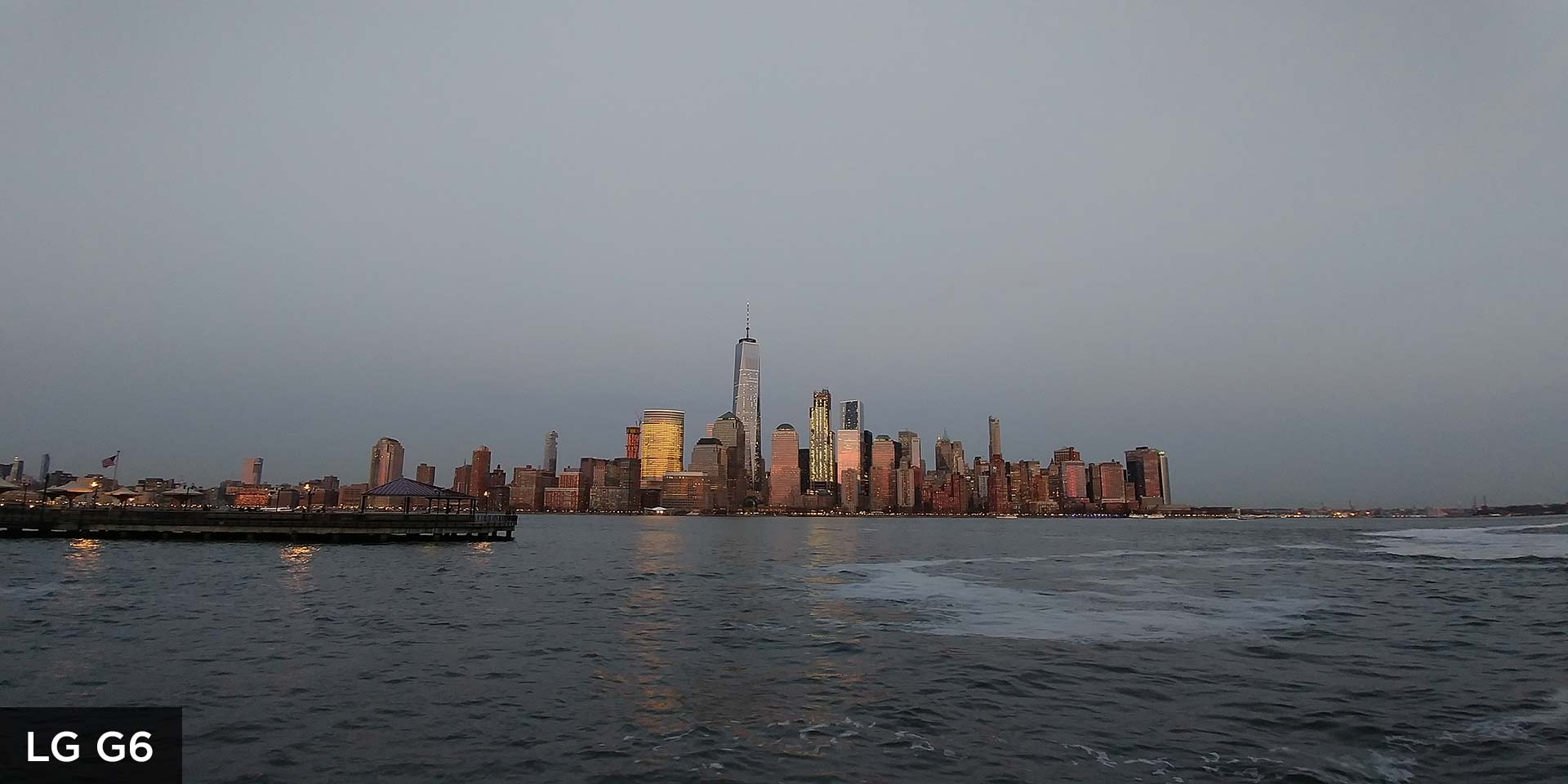
Then, I switched to the G6’s wide-angle lens and captured a truly expansive shot that the S7 couldn't match. Yes, there are some big differences between the standard camera and the wide-angle lens due to the latter's larger field of view, but it goes to show that if you really like shooting landscapes, the G6's second camera gives it a serious leg up on its competition.

Later, I moved on to a close-up of some flowers. The G6 did a fantastic job of capturing the bright yellows and magentas while also delivering a more properly exposed photo. However, the G6 didn't do a clean sweep, as the S7 Edge's photo showed colors that looked just a tad richer than what we got from the G6.

Finally, in a tricky nighttime shot lit partially by some nearby streetlights, the G6 bested the S7 Edge with an image that was brighter, more colorful and just flat-out sharper than the S7 Edge’s pic.

As for selfies, the G6's 5-MP cam produces results similar to those from the 5-MP front cam on the Galaxy S7, except for one area: white balance. In a quick selfie I took in an elevator, the G6's front camera turned the pale, grassy-green paneling into an almost spearmint green. It's not a huge deal, and some people may actually prefer the more eye-catching color; it's just not very accurate.
Performance: Who needs a Snapdragon 835?
While some people may be dismayed to learn that the G6 won't come with the absolute latest chip from Qualcomm, it still packs pretty potent processing power. The G6 sports a Snapdragon 821, 4GB of RAM, 32GB of storage and room for microSD card expansion.
MORE: Everything You Need to Know About the Snapdragon 835
All of those specs help it deliver some of the best performance in the Android ecosystem — though that’s likely to change once we test a phone powered by the Snapdragon 835.

On Geekbench 4, which measures overall system performance, the G6 scored 4,073. That's pretty much the same as other Snapdragon 821-equipped phones, such as the Google Pixel XL (4,146) and the HTC U Ultra (4,085), and almost 15 percent better than our current smartphone average.

The G6's graphics prowess is equally strong: It notched a score of 29,611 on 3DMark's Ice Storm Unlimited graphics test. That’s similar to numbers from the Pixel XL (28,182) and the HTC U Ultra (30,714). When we compared the G6 to our smartphone average (17,586), the gap was even wider.

Finally, in terms of web browsing, the G6 posted another impressive score, 56.2, on the JetStream 1.1 JavaScript test. The Pixel XL scored 55.93, while the U Ultra hit 52.
Software: Now with Google Assistant
Though Google has announced that most Android phones running Marshmallow and above will get Google Assistant in the coming months, the G6 supports the voice-powered assistant right out of the box, just as the Pixel and the Moto G5 Plus. In other words, you won’t have to wait for an update to put Google Assistant to work.
The G6 comes with Android 7.0, although LG has instituted a few minor changes that may take some getting used to. First, the G6 doesn't have a traditional app drawer, which means all of the software you install will take up room on your home screen.
Battery Life: Could be better
One downer about the G6 is its mediocre battery life. On the Tom's Guide Battery Test (which involves continuous web surfing over AT&T 4G LTE), the G6 lasted just 8 hours and 39 minutes — more than 30 minutes shy of our current smartphone average.

The G6 also trailed rival flagship phones in battery life. With a time of 8:43, the standard S7 has a similar battery life, though at 11:11, the Pixel XL lasted considerably longer. Thankfully, when you need to recharge, the G6 fills up pretty quickly, thanks to Qualcomm Quick Charge 3.0 tech.
MORE: Smartphones with the Longest Battery Life
Bottom Line
As the first of a new breed of smartphones with small bezels and wide-screen displays, the G6 is a compelling alternative to phones such as the Google Pixel XL. The 18:9 display really does make the phone easier to use with one hand, and also lets you watch some shows in their native resolution. The G6’s dual rear cams are among the sharpest on the market, and if you like to capture big landscapes or panoramas, the G6 could be exactly what you want.

Although I wish the G6’s battery life were a bit longer, that's not enough to sour the deal. However, as the first real flagship to debut in 2017, the G6 figures to face stiff competition from the Samsung Galaxy S8, which is expected to sport an even sleeker design. However, based on the leaks, Samsung’s flagship won’t offer dual cameras. Overall, the G6 is a phone that almost anyone would be happy to have, particularly if they’re looking for a big-screen experience that feels comfortable in one hand.
Photo credit: Samuel C. Rutherford/Tom's Guide
Sign up to get the BEST of Tom's Guide direct to your inbox.
Get instant access to breaking news, the hottest reviews, great deals and helpful tips.
Sam is a Senior Writer at Engadget and previously worked at Gizmodo as a Senior Reporter. Before that, he worked at Tom's Guide and Laptop Mag as a Staff Writer and Senior Product Review Analyst, overseeing benchmarks and testing for countless product reviews. He was also an archery instructor and a penguin trainer too (really).
-
Rymart25 Looks great. Excited to sell this at Verizon. I'll be attempting to acquire this as my work device as well. LG has really outdone themselves. Hopefully it holds up in real world.Reply -
Rymart25 Question is though will it fast charge with Samsungs fast wireless charger or will it just charge at regular speeds. That would be a big win as well.Reply -
MWCCC The US version only comes with 32 GB of storage, and the wireless charging is just regular speed, no fast charging. Of course, in South Korea, no wireless charging but 64 GB of storage and a Quad DAC, and poor Europe, they get none of those things.Reply








